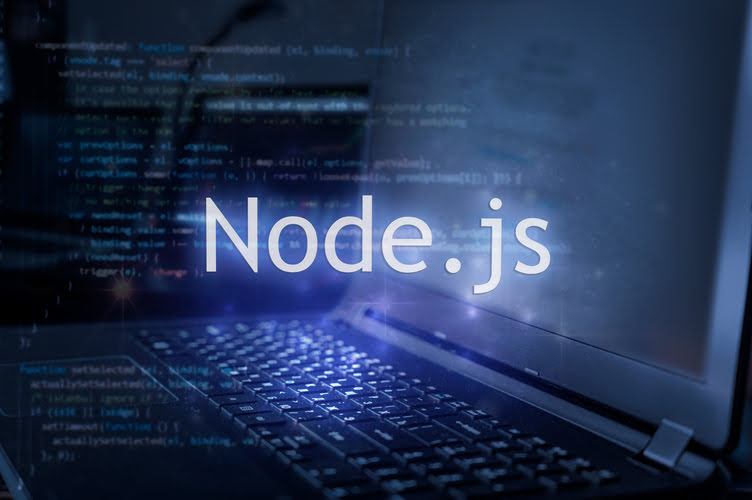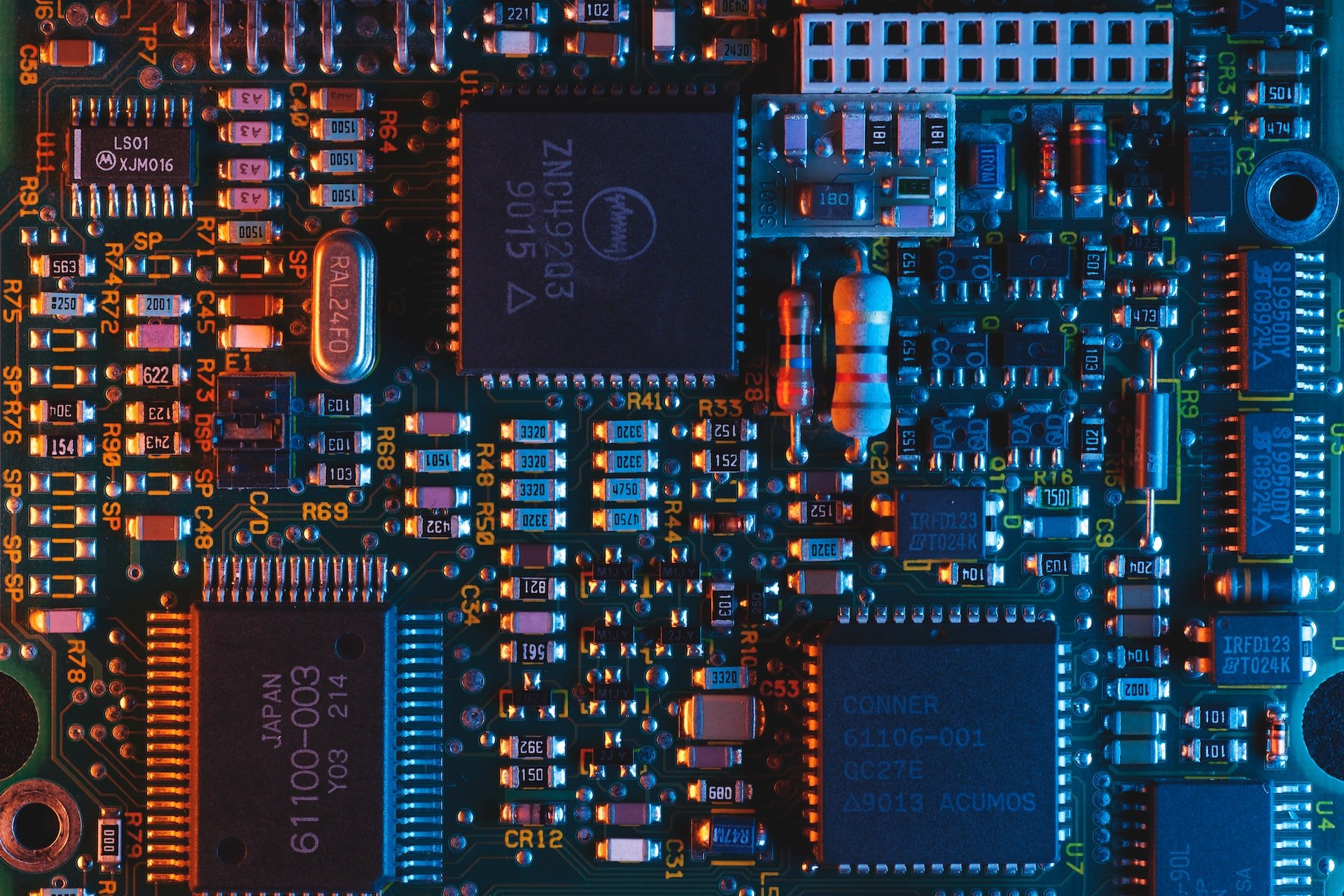Building a dynamic website involves developing the front and back end. While the front end involves building the widgets, as well as everything you see when you view the website on a browser, the back end deals with those things which you can't see.
Back-end development means using programming languages like Python, PHP or Java to develop the server side of a website.
It is likely that you are already familiar with some of the programming languages that exist, since there are so many. This article looks specifically at the top 6 back-end languages and their features.
Key Points
- Back-end programming languages are computer languages with special syntaxes used to develop the server side of a website or mobile app.
- Server-side or back-end development is building the server, database, and application programming interfaces (APIs) that power a website from behind the scene.
- Back-end languages include Python, Java, C#, PHP, JavaScript, Golang, C++, SQL, Kotlin, Ruby, etc.
- A server-side developer is an expert that uses one of these programming languages to develop the back end of a web or mobile app.
- JavaScript is a programming language for front- and back-end development. With NodeJS, a runtime environment, developers can build a website's server side with JavaScript.
What Is Back-End Development?
Server-side development involves building the server-side logic, architecture, databases, application programming interface (APIs) and servers that power a website.

To understand the back end, you need to know more about the front or client side. The client side of a website is everything a user interacts with. It is made up of elements such as the navigation menu, buttons, contact forms, and sidebars. The front-end of a website encompasses everything you can see and interact with.
But these element are not the only part of making a website dynamic. A dynamic website displays different content for each user based on the data retrieved from the database.
For example, an e-commerce website will display different shipping and billing information for various users, based on the data stored and retrieved from the website's database.
For that to happen, the front end must interact with the back end to display specific content for each user. The server and the database are the back-end systems that support the front end; they make the website dynamic and facilitate user engagement.
So, back-end development is the process of building the server, database and APIs that make you interact with the client side of a website.
What Is a Back-End Developer?
A back-end developer is an expert that builds and maintains the mechanisms that power a website from behind the scene.
Those mechanisms include the database that stores information, the server that keeps the site or app online and the various APIs that enhance the system's functionalities.
Unlike their front-end counterparts, which focus on everything you see on a site, server-side developers store data in the database, security and other functions, which you cannot see.
As part of a team, back-end programmers collaborate with client-side developers, product managers, software architectures and site testers to build the structure of a mobile app or website.
They must be familiar with tools and frameworks like Python, Java, Ruby, NodeJS, Laravel, etc., to develop a back end that performs quickly and responsively to the user's requests.
Below are some of the responsibilities of a back-end programmer.
- Build and maintain a website or app. Back-end developers' primary role is to use various tools, frameworks and programming languages to determine how best to build user-friendly websites that load fast. This role requires an understanding of cross-platform functionality and compatibility.
- Perform quality assurance testing. Server-side programmers oversee software testing to optimise the user interface and experience, ensuring the site displays on all devices and browsers.
- Write code. Programmers must write clean, easily maintainable code and work with front-end developers to transfer data to the client.
- Debugging and troubleshooting. Back-end developers must be able to debug code to eliminate errors and improve performance.
What Are Back-End Languages?
Back-end languages are the computer languages, with unique syntax, that programmers use to build the system that powers a web app. There are many server-side languages developers can use.
Below are just a few:
- JavaScript
- PHP
- Java
- Python
- Ruby
- SQL
- Golang
- C+
- C#
- Kotlin
These programming languages make it easy for developers to connect a website to the database and server, as well as to build web APIs.
Aside from that, programmers use back-end languages to create interactive online tools, mobile apps, desktop apps, websites, online games, software prototypes, etc.
Below you can find a list of the top 6 most popular back-end languages:
Python
Python is a server-side coding language used in software development. It is a high-level, all-purpose, interpreted, and object-oriented programming language developers use to build software.
Python uses range from machine learning to task automation, data analysis, building websites, and testing software. Its versatility and beginner-friendliness have made it one of the most used computer coding languages.
As a programming language, it is used to process data, store, retrieve, or update information in database management, route URL, and test software.
Software developers often use Python in web development to build the server side of a website or application. Django and Flask are two common Python frameworks used in web development.
Features of Python
- Simple syntax. Python has a simple, easy-to-understand syntax, similar to human language, that makes it easy to build your website project faster.
- Versatile. As one of the best coding languages in back-end development, it is adaptable, making it useful for many tasks like data analysis, machine learning and software testing.
- Easy to learn. Python is a beginner-friendly programming language which entry-level software developers can easily use for building web applications.
- Open-source. It is open-source and free to use and distribute, even for commercial purposes.
- Extensive archive of modules. The programming language is flexible and has a vast and growing archive of modules and libraries to expand its capabilities.
- Large support base. Python has a large community of users that serve as a helpful resource for other developers. If you run into a problem when coding, you can always ask for assistance from the community.
Java
Java is another back-end development language to develop the server side of mobile, desktop, or enterprise-scale web applications.
Examples of Java frameworks for web applications development are Spring, Struts, Hibernate, Apache and JSF.
One significant benefit of Java is the wide range of use, making it perfect for projects requiring high performance and quick turnaround.
Below are some of the tasks Java is best suited for:
- Building scalable cloud applications
- Developing the back end of mobile apps
- Building chatbots and other online marketing tools
- Powering enterprise-level web apps
- AI and IoT system devices
Java is preferred for back-end programming because it is versatile, robust, scalable and fast. Here are some of its features.
Feature of Java
- Versatile. It is adaptable and has long been used for creating an extensive range of products like web apps, android apps, and software development tools like Eclipse and IntelliJ IDEA.
- User-friendliness. Java is easy to learn because it has a simple syntax that is easy for developers to understand.
- Robust. You can achieve error-free programming with Java because it comes with a runtime checking that automatically detects and alerts developers to runtime errors.
- Flexible. As a flexible back-end language, Java is scalable and highly portable as it runs in a cross-platform Java Virtual Machine (JVM), which transmits instructions to your computer.
- A large community. A large community of online developers can support you when you have issues programming with the language.
- Open-source. Java is an open-source programming language that is entirely free. Also, it is well-documented and comes with a complete guide that explains any issues you encounter when coding.
PHP
PHP, an acronym for Hypertext Preprocessor, is an open-source, server-side scripting and programming language developers use to create the back end of a website, application or CRM.
It is versatile and great for beginners and experts, and it is updated regularly to follow the latest technology trends.
Unlike front-end languages that run on the client side, PHP runs on the server and makes it possible to communicate with the database when building the back end of your website.
When the server receives a script, it will process the request and send the result or output displayed on the browser in HTML format.
Along with SQL, you can store, retrieve or update information in your database and make a website dynamic by displaying information from the database to the browser.
Features of PHP
- Beginner-friendly. PHP is one of the few server-side languages that is easy for beginners to learn. Its learning curve is not as steep as other languages.
- Speed. It is about three times faster than most programming languages at runtime, which means that any website built with it loads faster and boosts SEO.
- General purpose. It is a general-purpose back-end language that is useful in creating e-commerce websites, blogs, desktop applications and social media apps like Facebook. Also, you can send emails with PHP.
- Support. PHP is a popular programming language with a large community that can assist you if there is an error in your code. Also, it has many documentation and information online that can provide guidance.
- Open-source. It is free for anyone that wants to use it in web and application development. Also, the frameworks are free for developers to use.
JavaScript (NodeJS)
JavaScript is a front-end programming language, but its use doesn't stop there; developers can also use it for the back end.

Node.js or NodeJS is an open-source, cross-platform runtime environment for developing server-side applications with JavaScript.
It runs on the V8 JavaScript runtime engine and uses event-driven, non-blocking architecture, making it efficient and suitable for real-time applications.
Note that NodeJS is not a programming language nor a framework; instead, it is a runtime environment that developers use to run JavaScript outside the browser.
Features of Node.js
Node.js features like scalability, ease of use, speed, etc., make it the perfect environment for processing JavaScript code for back-end development. Let's consider some of its features.
- Beginner-friendly. Beginners can start learning Node.js quickly if they know JavaScript. With lots of community support, getting started with NodeJS is relatively easy.
- Scalable. Node.js can handle many simultaneous connections effectively with high output, providing vast scalability for applications.
- Fast. It has non-blocking thread execution, making it faster and more efficient for back-end development.
- Cross-platform. NodeJs has cross-platform support, which allows you to create SaaS websites, desktop apps and mobile apps.
- Easy to maintain. Since both the front-end and back-end can be managed with JavaScript as a single language, developers prefer to use NodeJS for easy maintenance.
- Cache. NodeJs provides the caching of each module in the application memory, so you don't need to re-execute the code.
Use Cases
Node.js is used for a wide range of applications. Here are a few:
- Real-time chats. It is well-suited for processing real-time communication due to its single-thread asynchronous nature, making it valuable in building chatbots, multi-person chat and push notifications.
- Data streaming. Entertainment companies like Netflix use NodeJS for streaming data because it is lightweight and fast.
- Single Page Applications (SPAs). NodeJs event loop makes it possible to build Single Page Applications where the whole application is loaded on a single page.
C# or C-Sharp
C# is a general-purpose, object-oriented programming language developed by Microsoft. It is an increment of C++ primarily used on the Windows .NET framework and remains the primary technology for developing desktop applications on Windows.
As a modern all-purpose coding language, C# developers can use it to perform various tasks that span various professions.
Uses of C#
Software engineers can use C# to create several programs and applications like mobile and desktop apps, cloud-based services, websites, games, and enterprise software.
- Web development. Software developers use C# to build dynamic websites on the .NET platform. Since C# is object-oriented, developers can build efficient, easily scalable and maintainable websites.
- Windows application. As a Microsoft software product, programmers can use C# to build Windows applications using the .NET framework.
- Games. Another use of C# is in the development of games. Unity Engine is an example of a game development platform that uses C# to make games. C# seamlessly integrates with Unity and can be used on any modern mobile device with a cross-platform technology like Xamarin.
C# is highly scalable and easy to maintain. The strict nature of its static code makes it reliably consistent, allowing developers to make an easy adjustments and smooth maintenance.
Aside from that, it has a vast developer community that provides support when you have problems with your code.
SQL

SQL, which stands for Structure Query Language, is a standardised programming language developers can use to manage relational databases and carry out various operations on the data.
As a coding language, it offers looping, logic directives, variables, etc. But it is not a language like Java or C++. It is considered a fourth-generation because it contains statements similar to human language, while Java or C++ are third-generation languages.
Instead of being a language for building websites or apps, it is used to store, retrieve and manipulate data in a database.
Back-end programmers can use SQL to get valuable server-side information to carry out tasks that allow a website's or app's front end to run smoothly.
Standard Query Language is used for the following:
- Modifying the database table and index structures,
- Adding, updating and deleting tables or rows in the database,
- Retrieving information from a relational database management system.
- Developers can use SQL for transaction processing, analytics applications and other apps that communicate with a relational database.
Need a team of highly skilled developers for your project? Book a call with Deazy today and find out how we can help your business achieve its goals!
Frequently Asked Questions
What Are Back-end Programming Languages?
A back-end or server-side programming language is what software developers use to create the internal system of a website or a mobile application. Developers use them to build an application's server, database, APIs and back-end logic.
What Are Back-end Programming Languages?
The back end of a website or mobile app is that part you don't see. It includes the server-side logic, architecture, application programming interfaces (APIs), database and the server that powers the website or app. Building the back-end is called back-end or server-side development.
What Are Back-end Programming Languages?
SQL, or Structured Query Language, is a coding language used to interact with the database on the back end. Developers can use it to create and maintain relational databases and store, retrieve and update information from the database to the front end of a website.
What Are the Best Ten Back-end Languages?
If we base our list on popularity, the ten best back-end or server-side programming languages are JavaScript, C#, Python, PHP, Java, Ruby, Rust, Go, Kotlin and SQL. Software developers can use those languages to build the server side of a website or app.
Is JavaScript Back-end or Front-end Language?
JavaScript is a lightweight coding language that is used for front-end development. But in recent years, developers have used it for back-end development too. NodeJs or Node.js is a JavaScript runtime that makes it possible to develop a website's server side.
